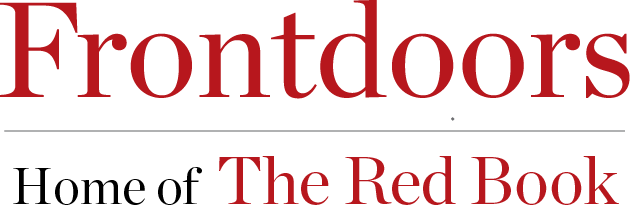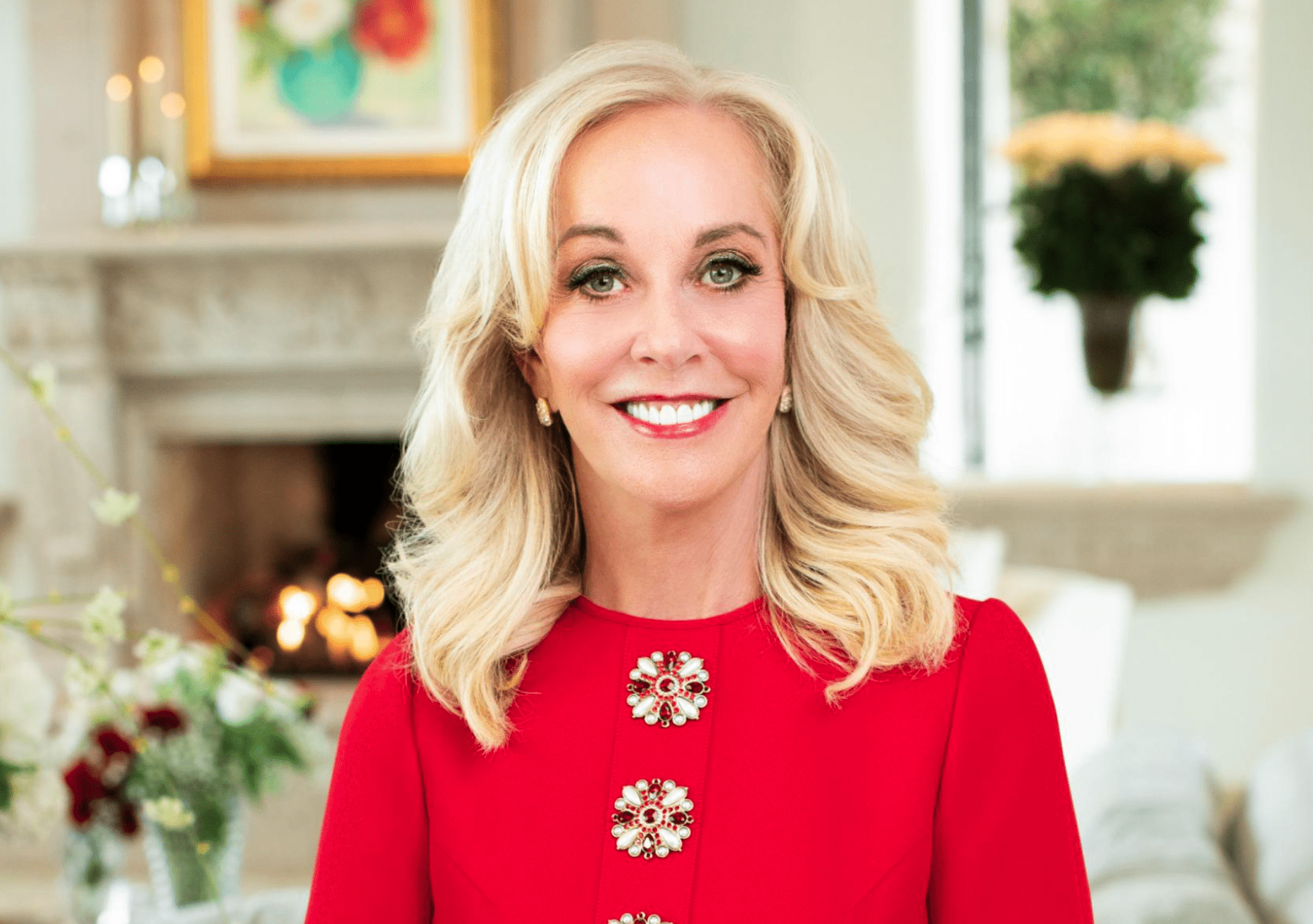Barrow Women’s Board Raises $3.6M through Barrow Grand Ball

The Women’s Board of Barrow Neurological Foundation raised $3.6 million through the 2017 Barrow Grand Ball, keeping expenses to 3.3 percent of revenue. Board chair Nancy Gaintner and ball co-chairs Jan Lewis and Carolyn O’Malley made the announcement in celebration of Dr. Robert F. Spetzler’s 34 years of leadership of Barrow Neurological Institute.
The Jan. 21 black-tie event at the Arizona Biltmore was attended by 359 guests.
“I offer my deepest gratitude to members of the Women’s Board for their enduring support over the past 34 years of my tenure at Barrow Neurological Institute,” said Spetzler, president and CEO of Barrow Neurological Institute. “As the next chapter of Barrow begins, I am humbled by the graciousness of these extraordinary women. I believe we are entering the ‘golden age’ of Barrow and the institute will be at the forefront of finding answers to some of the most devastating medical conditions. Barrow’s story has just begun.”
Founded in 1965 to raise money to further research at Barrow, the Women’s Board has become the largest cumulative donor group to Barrow. Over the last half-century, the group has donated $57.6 million to support medical research at the institute.
Donations from the annual ball have supported medical research for the treatment of brain tumors, aneurysms, migraines, concussions, stroke, degenerative disc disease, traumatic brain injury, cerebral vascular disease and many more. The Barrow Grand Ball has also supported new and emerging centers of excellence at Barrow, such as the Barrow Center for Neuromodulation and the Barrow Brain Tumor Research Center.
As part of the annual fundraising effort to benefit Barrow, the Women’s Board chooses to highlight a special project for collective support. This year, the board selected the research and program of Michael Waters, M.D., Ph.D. Waters is developing and accelerating stroke prevention, treatment and rehabilitation offered at Barrow. His research and the Barrow Stroke Program could revolutionize stroke treatment and ultimately better people’s quality of life. Seed funding to expand studies of neuroplasticity – the ability of the brain to repair itself and re-acquire lost function – will enable Barrow to be more collaborative and integrated, breaking down traditional silos. Program leaders aim to leverage this funding to apply for large National Institutes of Health, foundation, industry and federal grants to make Barrow a research capital for stroke recovery.
BRAD ARMSTRONG PHOTOGRAPHY

Adele Ponce and Director of the Barrow Center of Neuromodulation Francisco Ponce, M.D.; Amy Thurston, Tom Lewis and Ray Thurston

Barrow Chair of Neurology Jeremy Shefner, M.D., Ph.D. and Kathleen Shefner, M.D.; Bob and Ruth Lavinia













